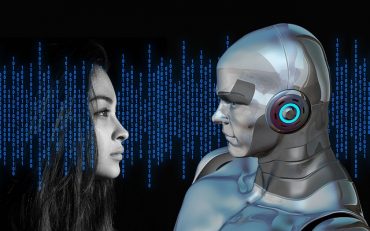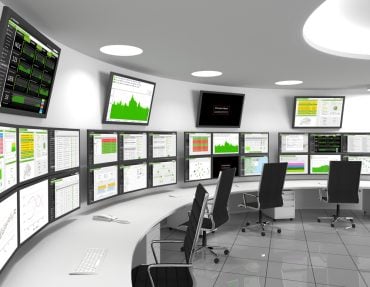
The data pipelines and plumbing underneath efforts to support artificial intelligence and machine learning capabilities at the edge are critical.
Is artificial intelligence and machine learning starting to make a difference at the edge? Gradually, yes. But enterprises still need to pay attention to the data pipelines and plumbing underneath to support artificial intelligence and machine learning capabilities. “Focus more on building your architecture, whether you’re using different microservices, and how you want to deploy or use them,” relates Rohit Kadam, product manager for Mitsubishi Power. “Focus on how you get your pipelines connected once you have your data.”
Kadam participated in a recent panel discussion on edge implementation opportunities and challenges, describing how the company’s battery power plants and systems are connected via IoT and edge systems, enabling the company to monitor their health and charges.
At Mitsubishi Power, he explains, AI and machine learning are instrumental in alerting companies to issues within the connected battery power packs it delivers to customers, as well as managing downstream IoT devices. “The way the ML works is we learn the behavior of batteries, so we know how much juice are in these batteries, or we know how much mileage is left. Those are some of the key metrics we train our models with. The more we learn, the better.”
See also: Manufacturing Ahead of the Curve via AI, 5G, and Edge
Through its combined edge and AI capabilities, “we have the ability right now to look ahead in terms of data to identify and make decisions on safely trying to operate these plants,” says Kadam. “If we do see some red flags on our side, we have a built-in safety that kicks in and then does an orderly shutdown the plant if it has to. That’s baked into our solution, and again from an edge computing standpoint, that distributed architecture helps us to take actions in real time.”
Operational metrics assure battery systems availability and warranties. “We have usage metrics that leverage IoT to track the nature of batteries and how they degrade over time. We consider the batteries themselves as edge nodes or edge computing devices. It helps us keep track of
monitoring the voltage and current and the temperature of the batteries. We do the processing, and store the information there, and stream it all northbound back to our history servers.”
There are many pieces on the supply chain to bring together, making standards an issue, Kadam says. “There is no one standard. There are different standards out there. We definitely try our best to comply with the various standards that are kind of relevant towards battery power plants,” he says. The challenge is “the battery power plant is it is a unique space in itself,” he adds. This is a market serving electric vehicles, the electric grid, substations, and building automation systems. “We have a mixed canvas. We try to blend them all together and then stream them northbound. We actually parse all these data and blend them all together to make it more effective on streaming the different data sets back to our history servers.”







